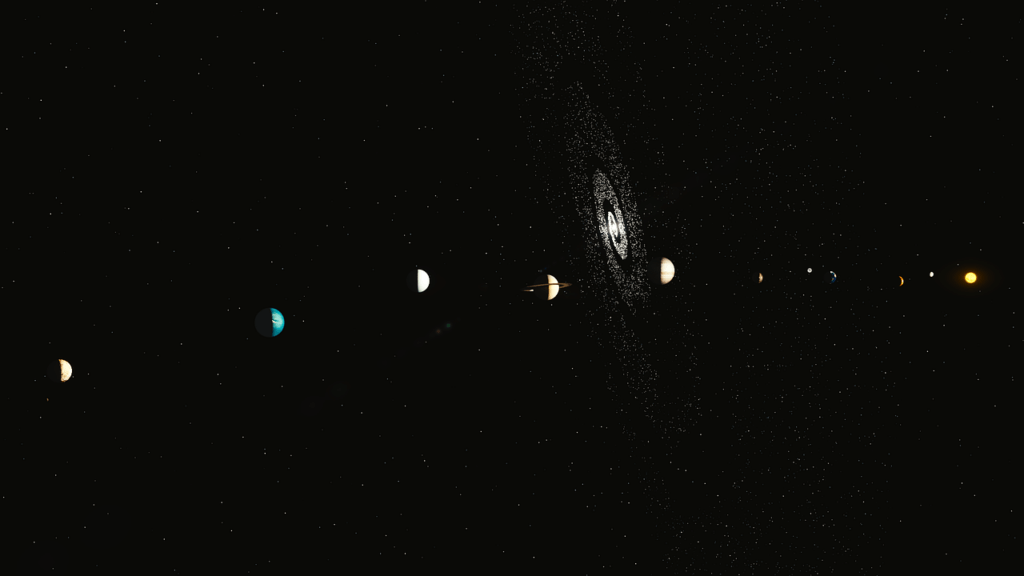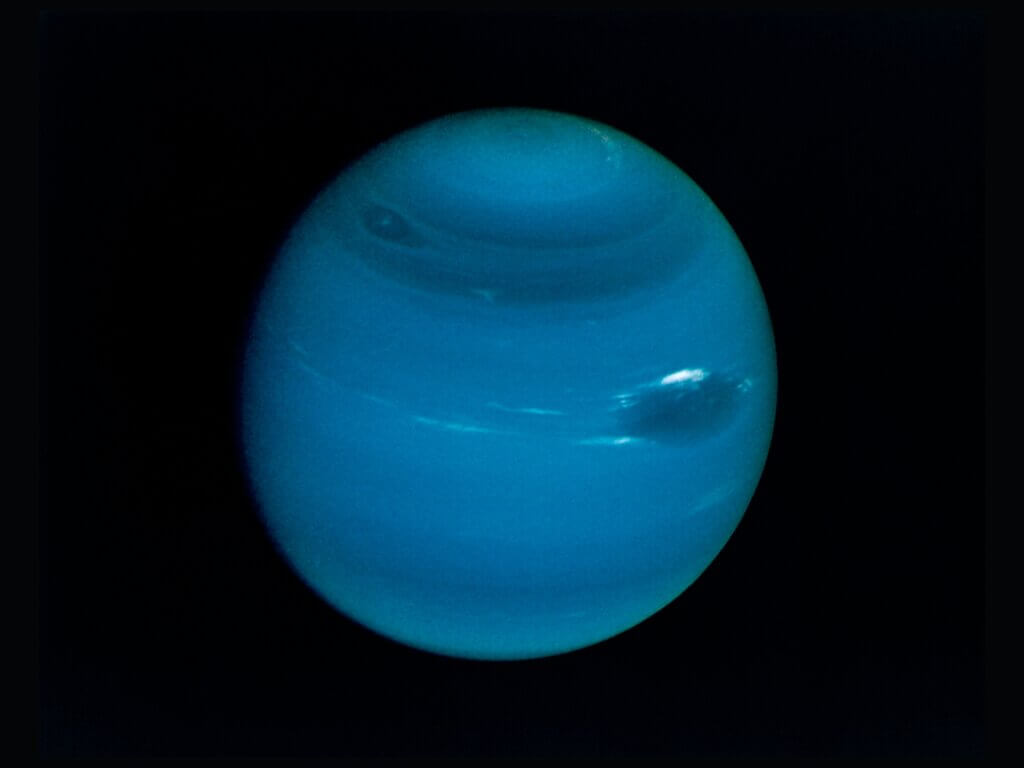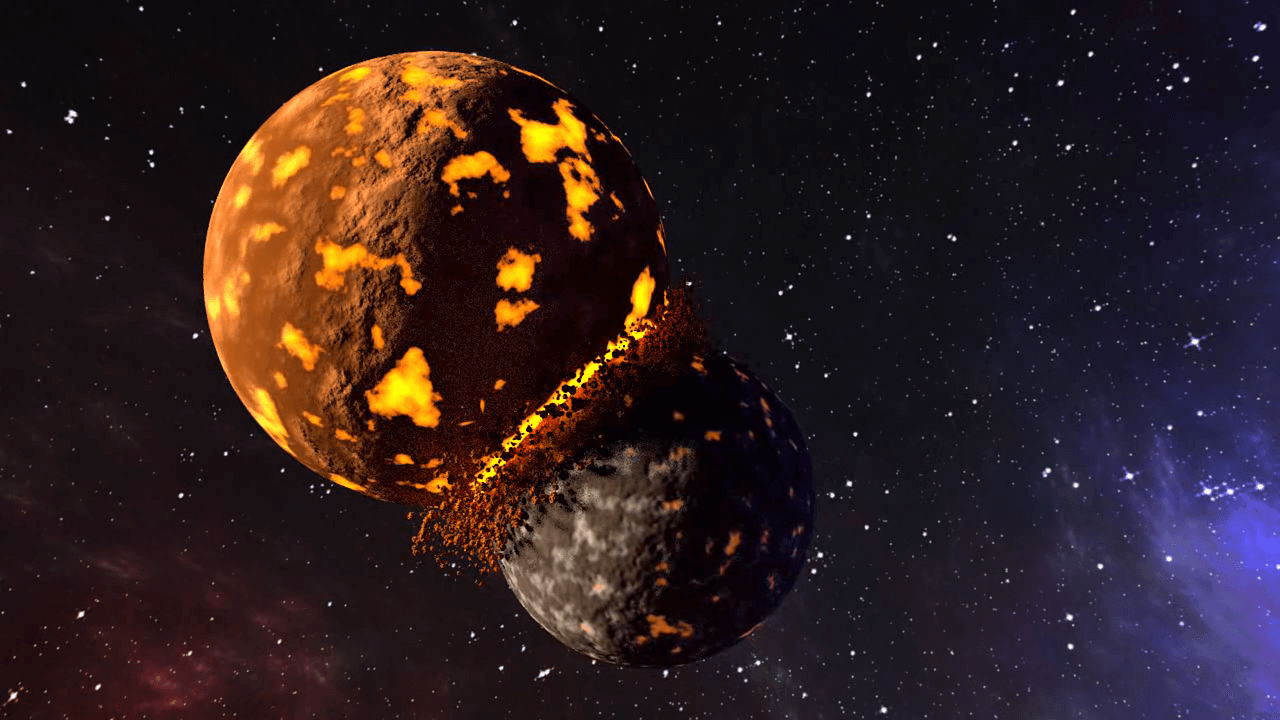Astronomy is an interesting science, not just because it is quite literally, as they say, up above the world so high. It is also a branch of science that is mostly observational.
You cannot always conduct experiments on Earth in a test tube or hit it with a hammer to see what happens. You can try and do simulations on a computer but even that is partly observational. And that is the best we have done apart from using giant telescopes to study celestial objects and sending probes out into space.
This is all we can do to understand the big picture. And interestingly, these observations often lead to more questions. More often than not, we only know how little we know and how much more there is to explore. But it is not always an existential question.
For those who want to study the origin of things like the formation of planets, observing the way planetary bodies that are farthest from the Sun move provides some important answers.
This includes Jupiter, Saturn, Uranus, Neptune and yes, Pluto too even though it is no longer a planet. That is what led to the question at hand—why won’t Pluto collide with Neptune?
Why Even Wonder?
It is interesting to know that scientists disagreed on the very definition of the word planet. When they did come to an agreement (which was more like agreed to disagree) in 2006, they stated that a body would be called a planet if:
- It orbits a star like the Sun.
- It has enough gravity to force it into a spherical shape.
- It is big enough in size and has enough gravity to clear any other object of the same size out of its way.
Pluto, unfortunately, did not qualify because it did not meet the third condition. Hence, even though it has many other similarities with the rest of the eight planets, it was demoted from planet to dwarf planet.
But despite this demotion, Pluto, in general, has been an unusual celestial body which made it a prime candidate to study. It was discovered in 1930 and ever since there has been a lot to observe and learn about this object. That is why the New Horizons probe was launched in 2006.
That Pluto has a bunch of satellites and one of them, Charon, is more than half of Pluto’s size is just one of the many interesting things about the dwarf planet. But the most fundamental difference between Pluto and the planets in our Solar System is that it has an eccentric orbit.
Pluto’s orbit is not circular, which is not a surprise, but when the dwarf planet is at its closest point to the Sun, it crosses paths with the orbit of Neptune, the planet farthest from the Sun and closest to Pluto.
The dwarf planet’s orbit is also a little tilted with an incline of about 17 degrees to the Solar System’s plane. And because of this incline, in the 248 Earth years it takes to finish one revolution around the Sun, it goes both above the other planets as well as below.
Now, it is somewhere on this path that it enters Neptune’s orbit, raising questions about a possible collision between the current planet and the former one. Luckily, we don’t have to worry about that because it is impossible for the two to collide. This is because of what we call the mean-motion resonance.
Why Won’t Pluto Collide with Neptune?

Now, Pluto has a relatively more egg-shaped orbit than the planets in our Solar System. That is why there are points of time in its orbit when it is actually closer to the Sun than Neptune even though it is technically the farthest object (that was once a planet).
This time period when Pluto is closer to the Sun than Neptune lasts for about 20 years. The last time this happened was from 1979 to 1999. So, for about two decades there, Neptune was the planet that was farthest from the Sun.
But since Pluto got bumped to a dwarf planet, it hardly matters how it moves. And even in these 20 years, it has never had one single encounter with Neptune.
But what’s interesting is that it will also never happen again and that’s not magic. It’s just math and it is because of a concept called orbital resonance. The orbital resonance between Neptune and Pluto is exact.
Orbital resonance is a relationship between two objects that is measured in a ratio. This relationship is based on the gravitational influence both objects have upon each other. And it happens because the time period of their orbits is linked to each other and can be measured in small integers.
But it can only be measured between objects that have more than one satellite and orbit the same primary object which in this case is the Sun. Also, the mean-motion resonance between the two objects must be a small whole number, which for Neptune and Pluto is 3:2.
Let’s unpack what that means.

It takes Pluto double the time it takes Neptune to circle the Sun. So, while Pluto takes 248 years to finish one revolution around the Sun, it takes Neptune only 164 years to do the same. This means that by the time Pluto completes two revolutions, Neptune would have completed three.
How do they not have an unpleasant meet and greet in all this time?
Well, consider this. There is one region where there is an overlap of the orbits of Neptune and Pluto. On its first round around the Sun, when Pluto is in Neptune’s orbit, the planet is still behind the former planet. So, this avoids a collision the first time.
The second time Pluto reaches the same area, Neptune has already finished one and a half revolutions around the Sun and this time it is in front of Pluto. So, the second possible collision is avoided.
By the time Pluto completes one revolution, both the bodies are back to where they started and the game starts all over again. This way, they keep going back and forth forever missing each other in the area where there is an overlap of orbits.
So, whenever Pluto is in Neptune’s orbit, the planet itself is physically at a different point, winning the race to finish a revolution if there is one.
And because it is three revolutions of Neptune to two of Pluto’s, the mean-motion resonance is 3:2. Since Pluto has an eccentric orbit with a curly path, it never even comes near Neptune. This is essentially how astronomers study how the Solar System was formed.
In Conclusion
So, if you were wondering, why won’t Pluto collide with Neptune despite the two orbits having an overlap, the answer lies in the way both Neptune and Pluto move with respect to each other.
It is because of this 3:2 mean-motion resonance that it is a mathematical certainty that the planet and the dwarf planet will never collide. But it still leaves many fascinating trails to be explored.
Pluto is much smaller in size when compared to Neptune. It moves in the Kuiper Belt and has a diameter that is only a fraction of Neptune’s diameter to the point that it would take 20 Plutos placed next to each other to match Neptune’s diameter.
But because of the way both Neptune and Pluto move, it was observed that both the objects were originally formed closer to where they currently are and eventually moved further away.
Working backward is how it is possible to estimate roughly where the objects were formed. That was one of the most exciting things to be learned from the New Horizons spacecraft probe.

